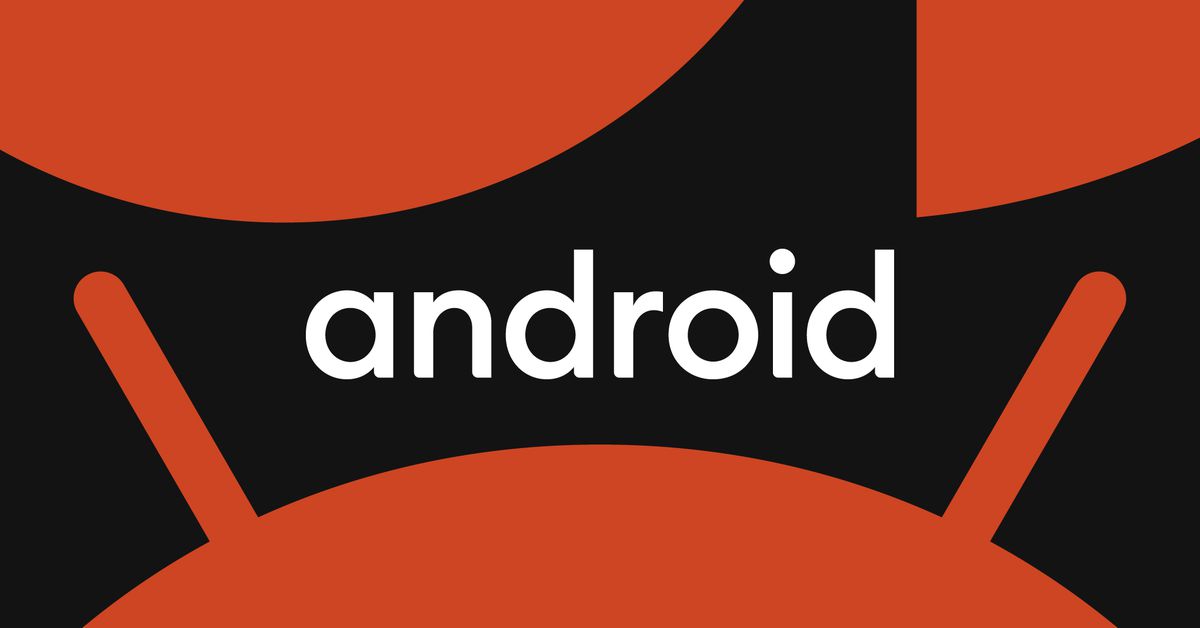Exploring Android 16’s Public Beta: A Fresh Approach to Live Lockscreen Notifications
The recent launch of Android 16’s public beta introduces a refined, yet limited, version of live lockscreen notifications from Google. This update raises questions about user experience and the future of notification management on mobile devices. As Android evolves, it continues to shape how we interact with our smartphones, particularly in how notifications are displayed and managed.
The Evolution of Notifications in Android
Notifications have become a cornerstone of the mobile experience. They keep users informed about messages, updates, and alerts without needing to open apps. Over the years, Android has consistently improved its notification management, leading to features like grouped notifications, priority settings, and rich media previews. With Android 16, Google has taken another significant step forward by reimagining live lockscreen notifications.
But what does this new approach entail? Let’s delve into the specifics of Android 16’s live lockscreen notifications and how they differ from previous iterations.
What’s New in Android 16’s Live Lockscreen Notifications?
Android 16’s public beta focuses on providing a more engaging and interactive experience for users when their devices are locked. Here are some of the standout features:
- Interactive Elements: Users can now engage with notifications directly from the lockscreen without unlocking their devices. This feature is particularly useful for quick replies to messages or accessing controls for music playback.
- Customizable Appearance: The lockscreen notifications are more visually appealing, allowing users to choose themes and colors that match their aesthetics. This personalization enhances the overall user experience.
- Enhanced Privacy Controls: Android 16 introduces new privacy options, letting users control what information is displayed on their lockscreen. This ensures sensitive information remains hidden from prying eyes.
- AI-Powered Suggestions: Leveraging Google’s AI capabilities, the new notifications can suggest actions based on user behavior, making it easier to respond to messages or alerts contextually.
User Experience: A Double-Edged Sword
While the enhancements in Android 16’s live lockscreen notifications are promising, they also raise important questions regarding user experience. The balance between convenience and privacy is crucial in this context. Users must weigh the benefits of quick access against the risks of potentially exposing sensitive information.
Moreover, the interactive features may not be suitable for everyone. Some users prefer a minimalist approach to notifications, favoring less clutter on their lockscreen. This dichotomy in user preference highlights the importance of customizable options in Android 16, allowing users to tailor their experience according to their unique needs.
The Future of Notification Management on Mobile Devices
The introduction of Android 16’s live lockscreen notifications signals a broader trend in mobile technology: the move towards more intelligent and adaptive interfaces. As devices become smarter, they will increasingly learn from user interactions and preferences, presenting notifications in a way that feels intuitive and less intrusive.
This evolution is supported by various factors:
- Advancements in AI: As artificial intelligence continues to develop, we can expect notifications to become even more context-aware, providing users with relevant information at the right time.
- Increased Personalization: Users will likely demand more control over how notifications are displayed, driving manufacturers to create systems that can adapt to individual preferences.
- Focus on User Wellbeing: With growing concerns over digital wellbeing, developers are emphasizing features that help users manage their time and attention better. This includes options to limit notifications or set “do not disturb” periods.
How to Participate in the Android 16 Public Beta
If you’re eager to experience Android 16’s public beta, participating is straightforward. Google typically allows users to enroll in the beta program through their official website. Here’s how to get started:
- Visit the official Android Beta Program page.
- Sign in with your Google account.
- Select your eligible device from the list.
- Follow the prompts to join the beta program.
- Once enrolled, you’ll receive updates over the air, allowing you to test out the new features.
Keep in mind that beta software may contain bugs or performance issues, so it’s advisable to back up your data before proceeding.
User Feedback and Community Engagement
As Android 16’s public beta rolls out, user feedback will play a critical role in shaping the final product. Google has established channels for users to report bugs and suggest improvements, fostering a collaborative environment where the community can influence the development process.
Engaging with fellow testers on forums and social media can provide valuable insights into how others are experiencing the new features. Sharing tips, tricks, and potential workarounds for any issues can enhance the collective experience of the beta.
Conclusion: Embracing Change in Notification Management
Android 16’s public beta marks an exciting chapter in the evolution of live lockscreen notifications. With its innovative features and focus on user experience, it presents a fresh approach to how we interact with our devices. While there are challenges to navigate—particularly concerning privacy and user preferences—the potential for a more personalized and intuitive notification system is promising.
As users, embracing these changes can lead to a more streamlined and satisfying mobile experience. By participating in the beta and providing feedback, we can all contribute to the future of notification management on Android devices. As we move forward, one thing is clear: the way we manage notifications is set to become more dynamic, user-centric, and reflective of our individual lifestyles.
See more Future Tech Daily

